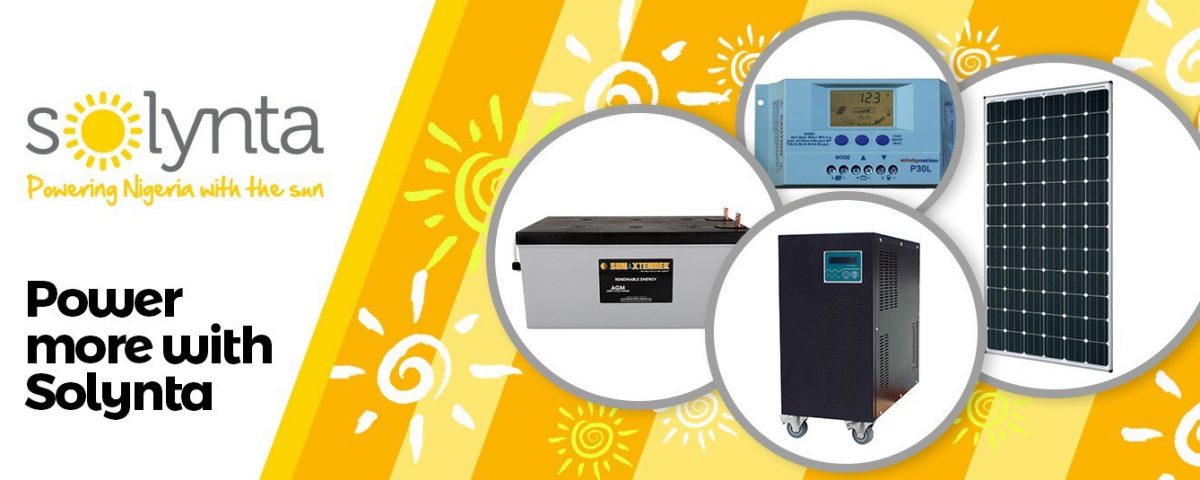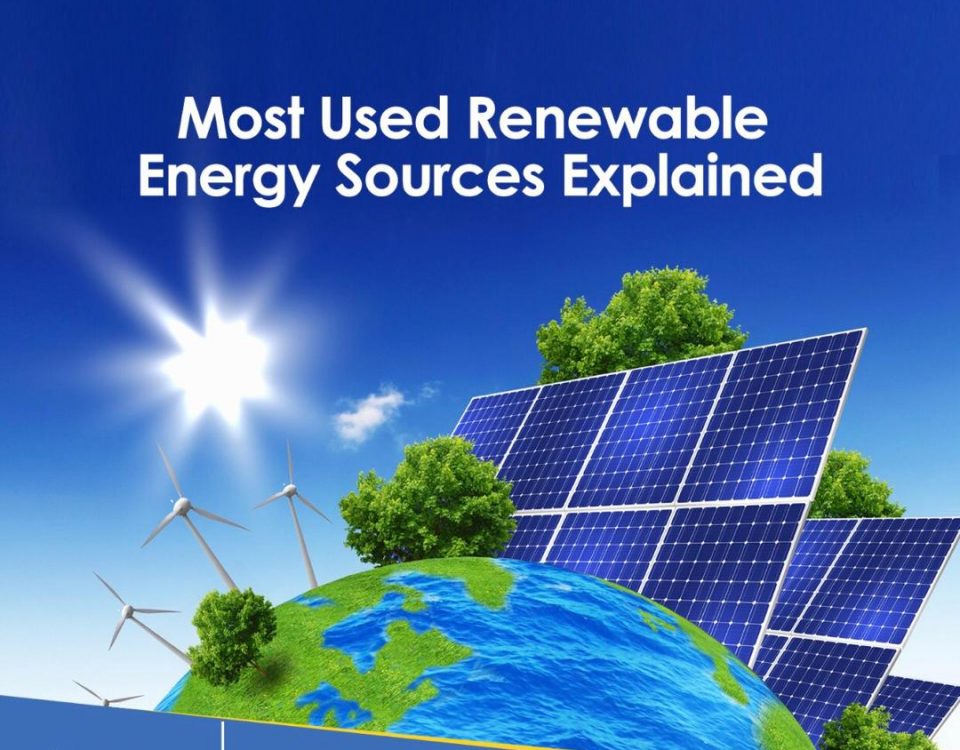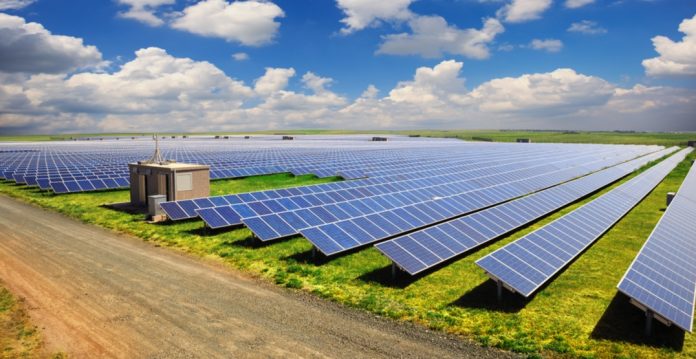How To Monitor And Keep Track Of Your Solar Savings

How REAN(Renewable Energy Association Of Nigeria) Supports The Solar Service We Get
2018-01-02
Does Solar Work Everywhere In Nigeria?
2018-01-04After an effort-filled search for 24-hrs electricity and you have decided to go solar,there are couple of things you might want to consider.
Thank you for reading this post, don't forget to subscribe!You want to ensure that your installation of solar home systems will reduce drastically your local supply electricity bills,or even eliminate it outrightly.
You also want to ensure that you can monitor bill payments associated with it and also be assured that approximations are accurate.
To ensure the above is achieved, you will need to take the following steps below:
1.Use a Solar Calculator:
This is an important and initial step to figuring out how much you stand to save by going solar.
These calculators do the math and provide estimates of what your Solar home system will save you.
Solar Calculators are available from Solar Companies such as Solynta. Click here to view more
2.Use Net Metering:
Net metering is a billing system that uses your home’s utility meter to keep track of the energy you produce. All of the electricity your panels generate flows back to the grid, and you’re credited back the full amount on your electricity bill.
How does it help with cost savings?
When electricity is generated through solar, it goes into the grid which eventually is reflected on local electricity bills
But with Net metering , it ensures that householders don’t pay for that electricity as an added cost.
Rather, if you produce more, it will be credited to your account by your local electric company
3.Turn to Web Monitoring:
Data for use are provided through real-time solar monitoring systems. They use software built into the inverter on your solar system that provides real-time production information which is then sent to your installer, and then to a website where you can see your production statistics. They help in providing you with live cost incurred or surplus as the householder makes use of them. This helps to keep track of savings and costs as opposed to an accumulation that comes by month-end that may not please most householders.
4. Do a Count of what you don’t have to pay for local electricity.Count for one year,and then 25 years when you go solar.Compare and contrast to see how much bills you will be avoiding for that long!
5. Count how much you save by electricity bill yearly increase. PHCN(or Nepa ) tariff increases every year with a certain ratio. You can put that into consideration when computing your cost and observe how much you save.
6. Compare and review the entire lifetime of the solar energy system you have bought either out rightly or through lease.If you buy a solar energy system, most of your costs come from the installation of the system.If you lease your solar energy system, your costs are spread over your use of the system in the form of monthly payments. In either way, you will save more by reducing your costs (upfront or monthly).
With the above steps,you can effectively monitor and keep track on how much you save when you go solar.It also important that you choose suitable home systems and plans within your financial capacity.
To see the different types of home systems,click here




